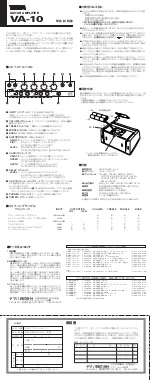
The Aleph 1.2 uses Mosfets exclusively for all gain stages. These Mosfets were chosen
because they have the most ideal transfer curve for an asymmetric Class A design. Made in
the United States, they have the highest quality of power Mosfets we have tested to date. We
match the input devices to each other to within 0.2% and the output devices to within 2%. The
smallest of these, the input devices, are capable of peak currents of 5 amps. The largest are
capable of peaks of 50 amps each, and are run in two parallel banks of 12 devices each.
The power Mosfets in the Aleph 1.2 have chip temperatures ratings to 150 degrees
Centigrade, and we operate them at small fractions, typically 20% of their ratings. For
extended life, we do not allow chip temperatures to exceed 85 degrees C.
Regardless of the type of gain device, in systems where the utmost in natural reproduction is
the goal, simple single ended Class A circuits are the topologies of choice.
It is a very simple topology, which is a key part of the sound quality. Other solid state
amplifier designs have five to seven gain stages in the signal path in order to get enough gain
to use feedback to provide adequate performance. In this amplifier, we get greater linearity by
providing much more bias through two gain stages: a differential input stage, and the output
transistors.
Mosfets provide the widest bandwidth of solid state power devices, however they were not
chosen for this reason. The design of the Aleph 1.2 does not seek to maximize the amplifier
bandwidth as such. The capacitances of the Mosfets provide a natural rolloff in conjunction
with the resistive impedances found in the circuit, and the simplicity of the circuit allows for
what is largely a single pole rolloff characteristic.
For the lowest possible operating noise in any environment, the amplifier is equipped with
balanced inputs featuring a common mode noise rejection of greater than 50 dB. Balanced
operation is accomplished through a passive network tied directly into the input stage of the
amplifier, not with additional active input circuitry as in other products. This assures that the




























